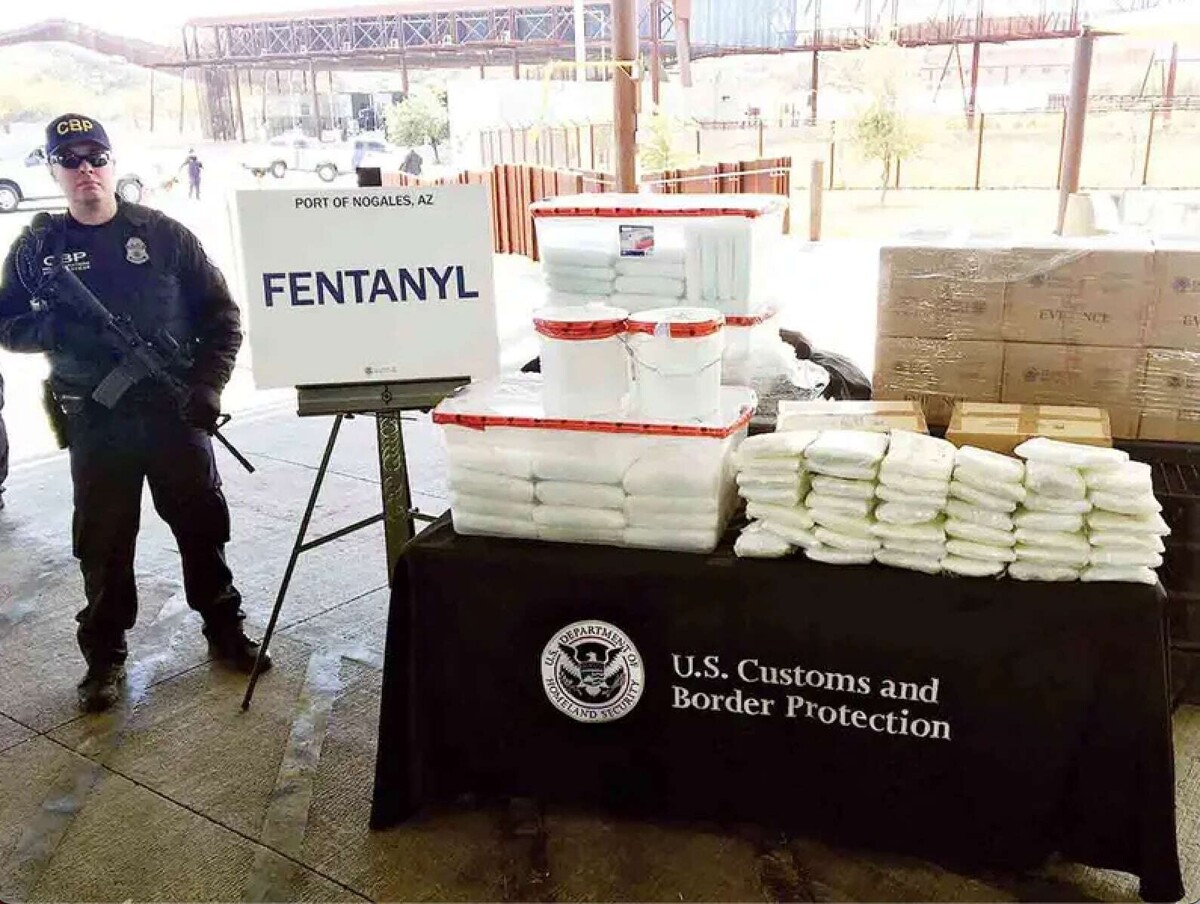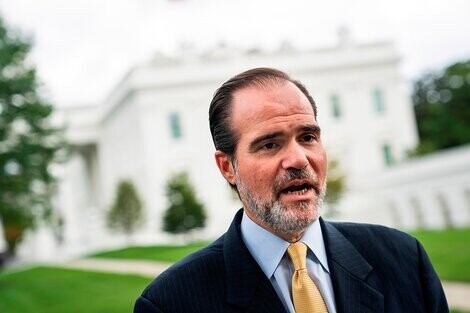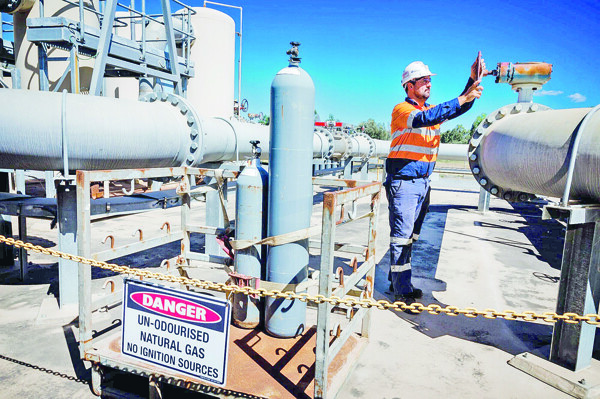
Mike Vigil, former director of International Operations of the DEA, revealed in an interview with EFE that most of the fentanyl arriving in the United States from Mexico comes through official entry points, such as border crossings, and is transported by U.S. citizens, not migrants. Vigil pointed out that the militarization of the border in both countries will not stop the trafficking of this synthetic opioid.
According to Vigil, as long as there is a high demand for fentanyl in the United States, no military effort will be sufficient to curb its entry. Official data, such as that from the U.S. Sentencing Commission, indicate that nearly 90% of fentanyl trafficking arrests occur at border crossings, and that 86.4% of those prosecuted are U.S. citizens. A report from the Department of Homeland Security confirms that the majority of intercepted fentanyl is stopped at entry ports, mostly in vehicles driven by U.S. citizens.
To address this issue, Vigil suggests increasing resources and technology at the border, with greater emphasis on reducing the demand for fentanyl in the United States. In his words: "If the trafficking of arms and the appetite of Americans for fentanyl continue, it is pointless to launch missiles at laboratories."
Fentanyl, a highly potent synthetic opioid, has been identified as one of the leading causes of overdose in the United States. Its high toxicity and the practice of traffickers mixing it with other drugs such as heroin, cocaine, or counterfeit pills significantly increase the risk of overdose.














